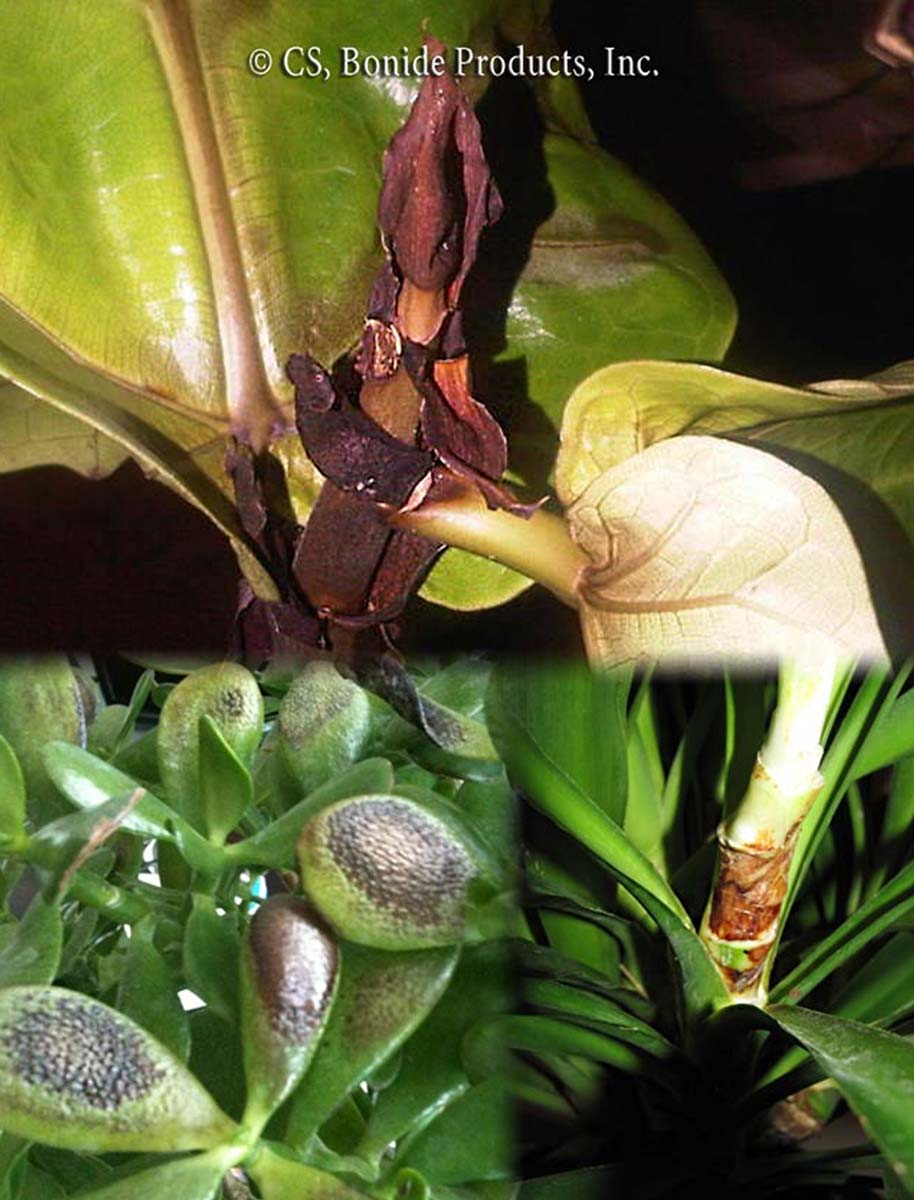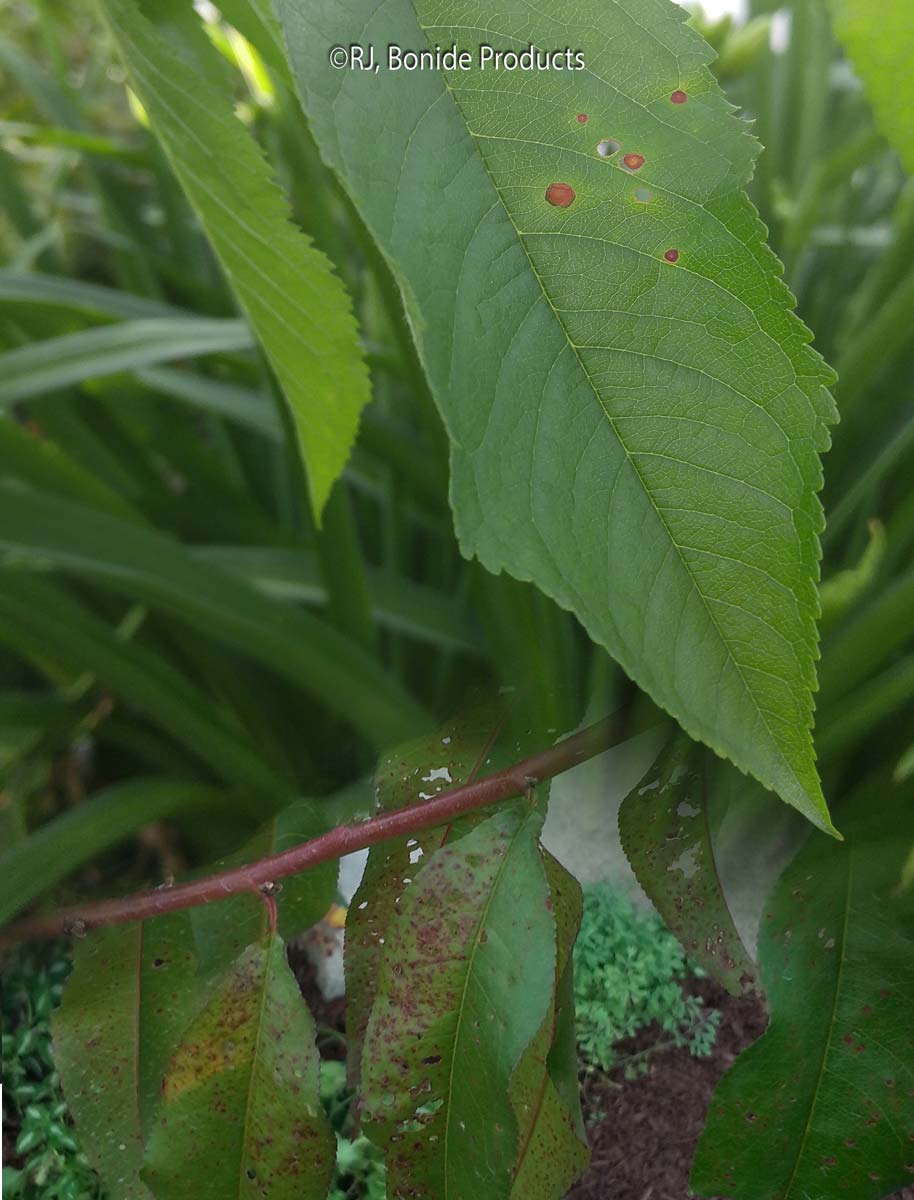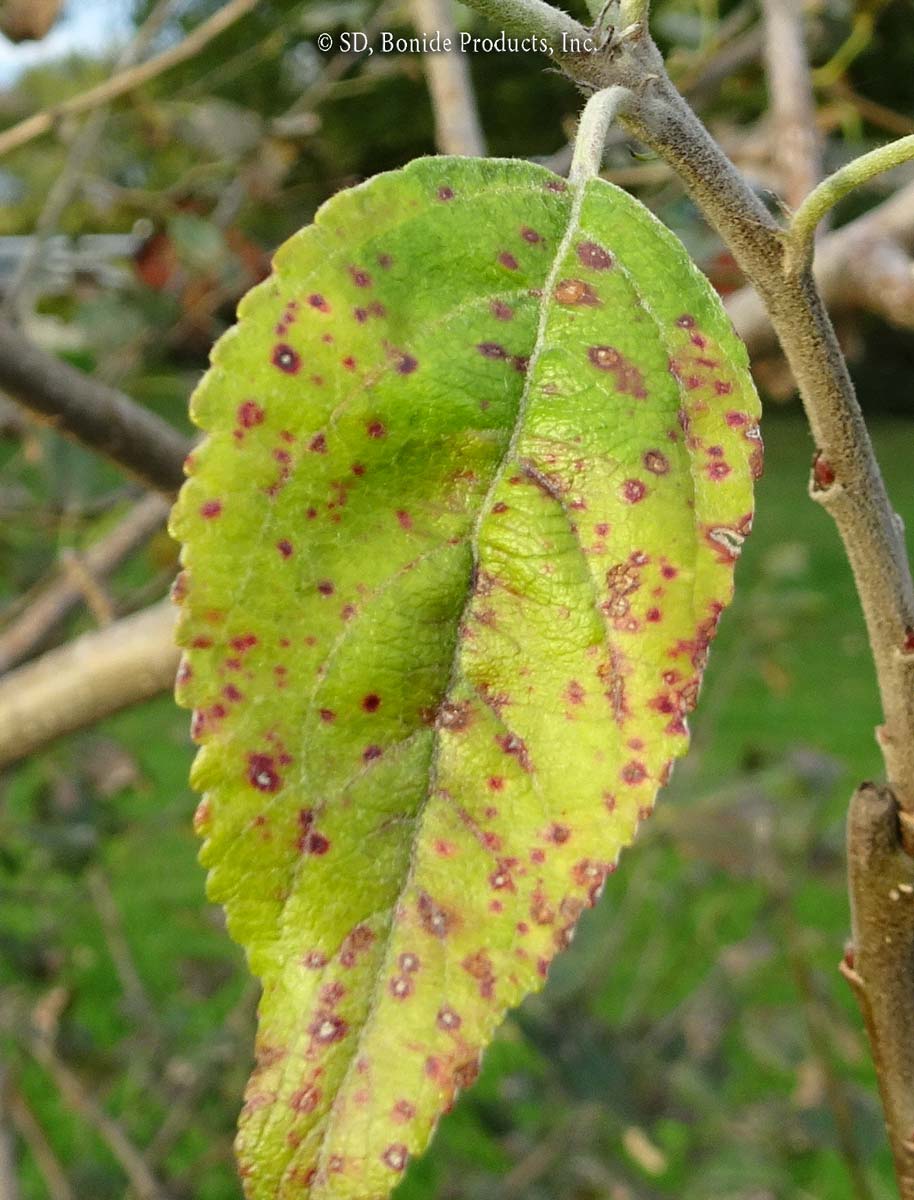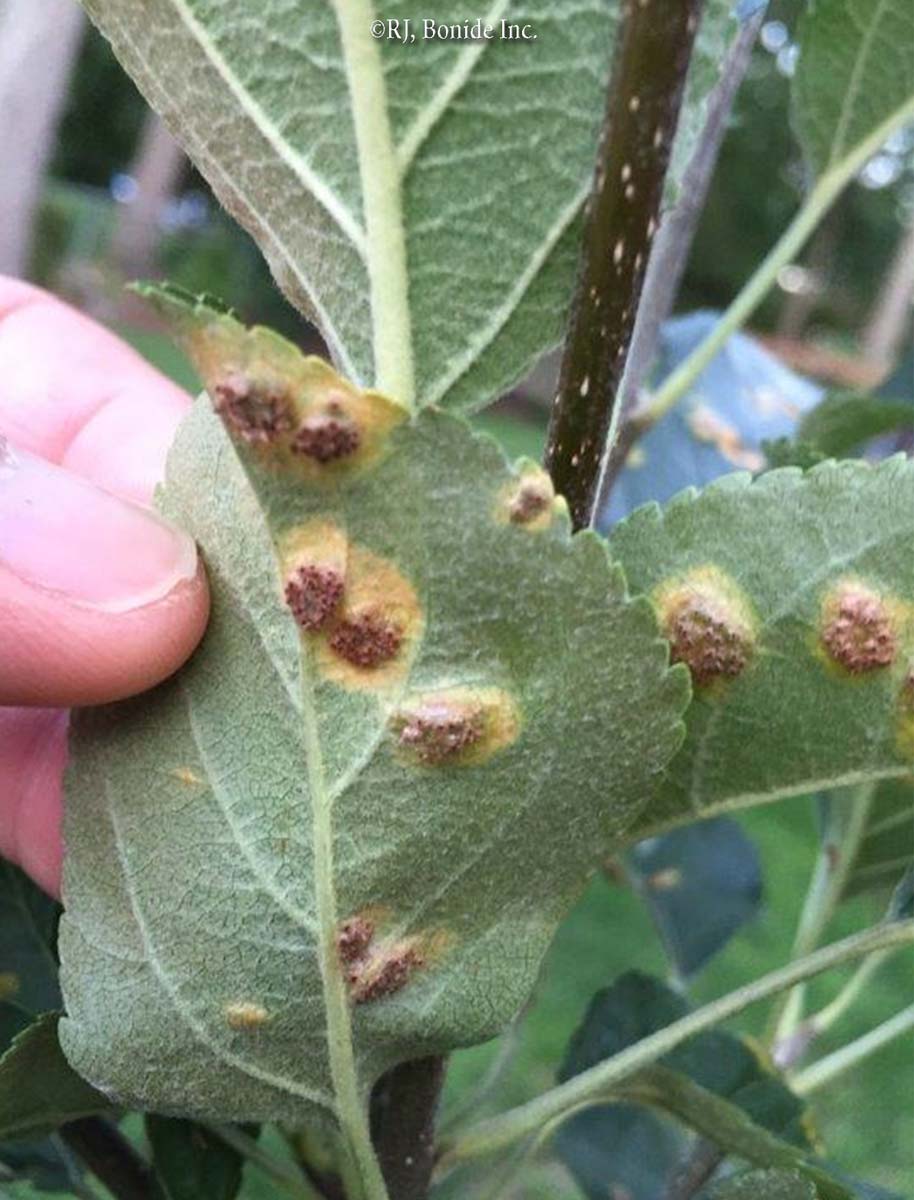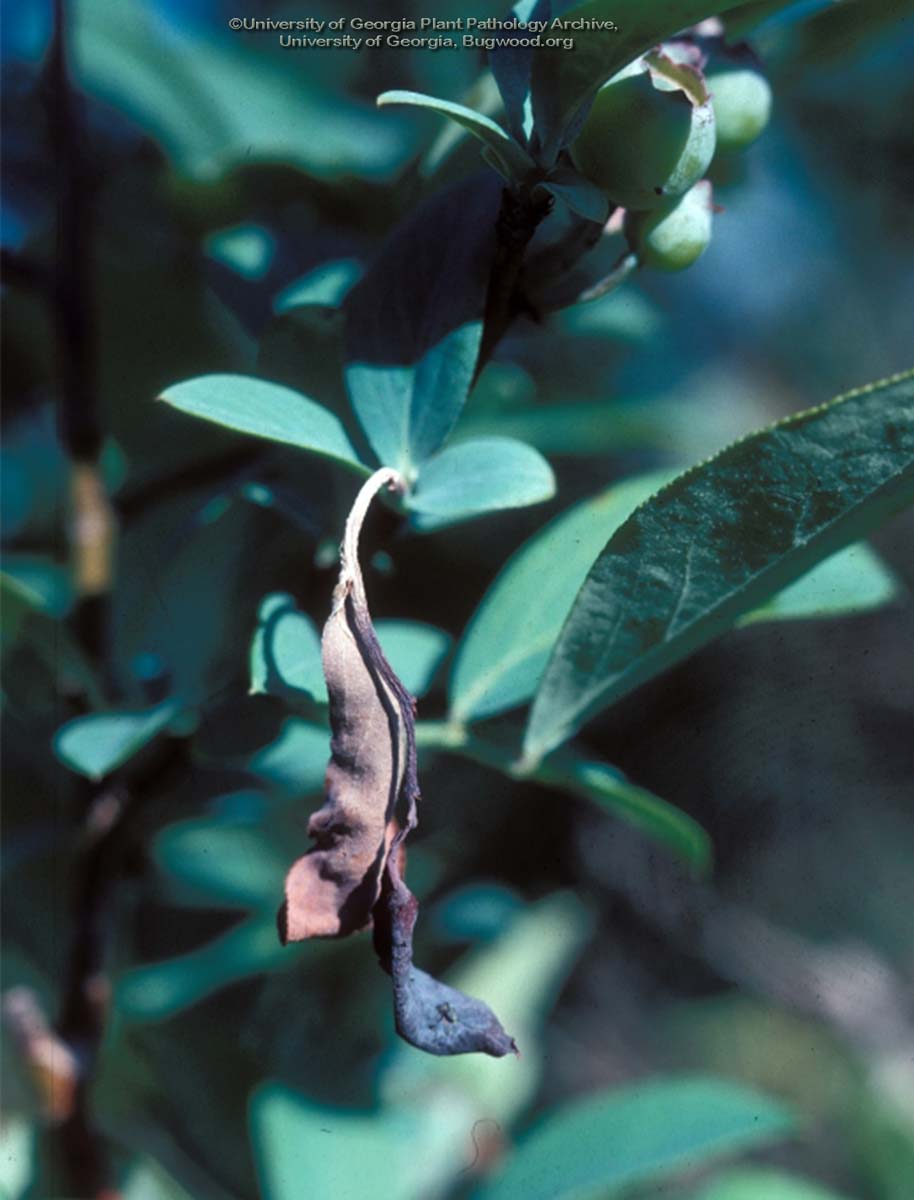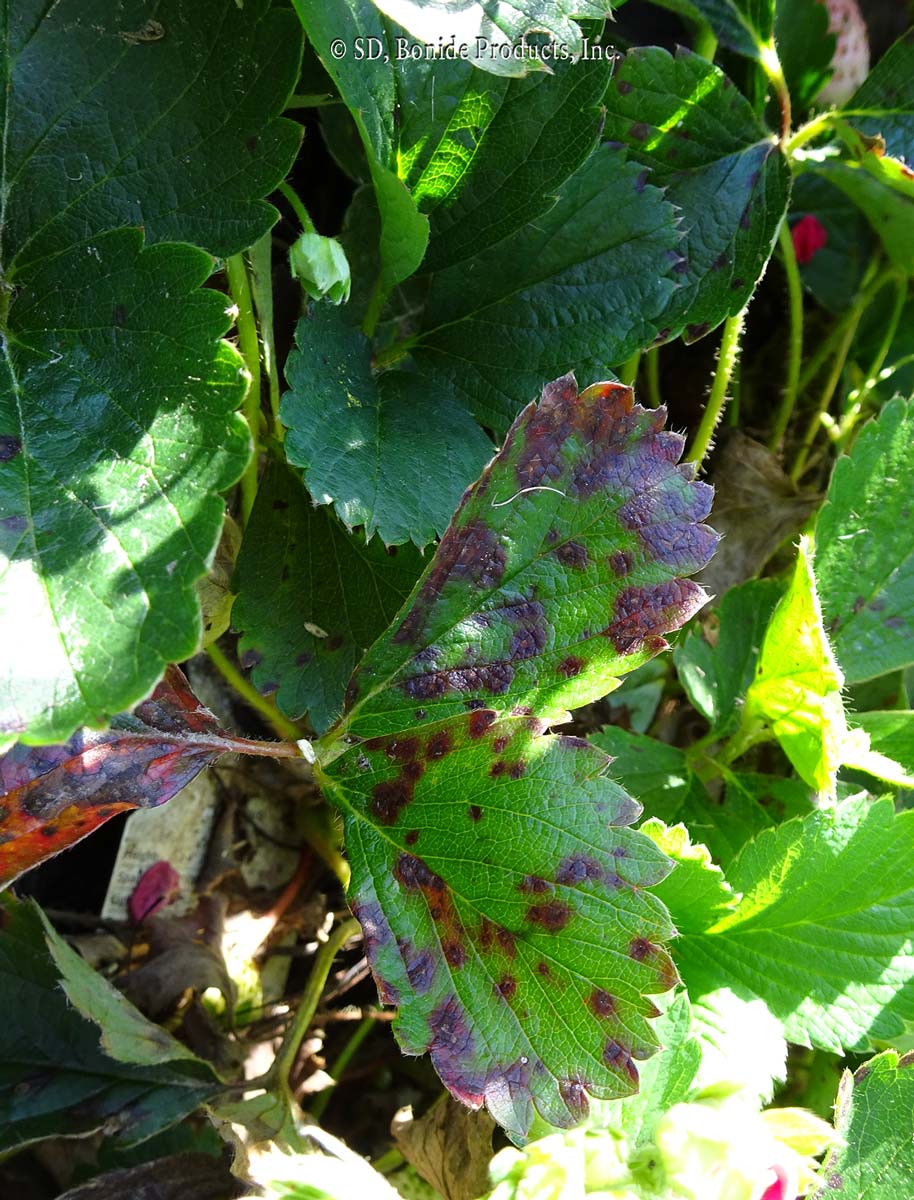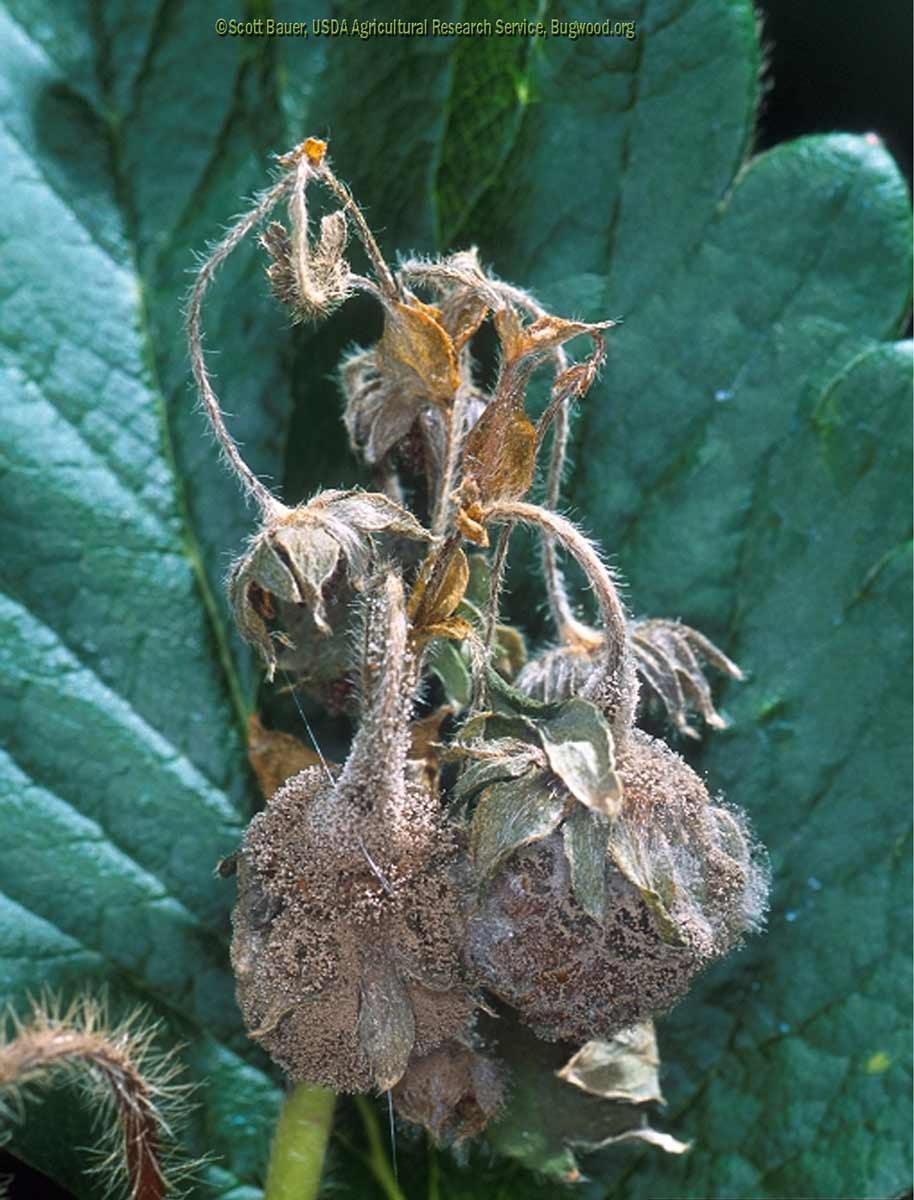Soft Rot
Causes infections that are found on the plant tissues that have been weakened, invaded or killed by pathogens or by mechanical means. Soft rot in tubers is favored by immaturity, wounding, invasion by other pathogens, warm tuber and storage temperatures, standing water and low or no oxygen.
